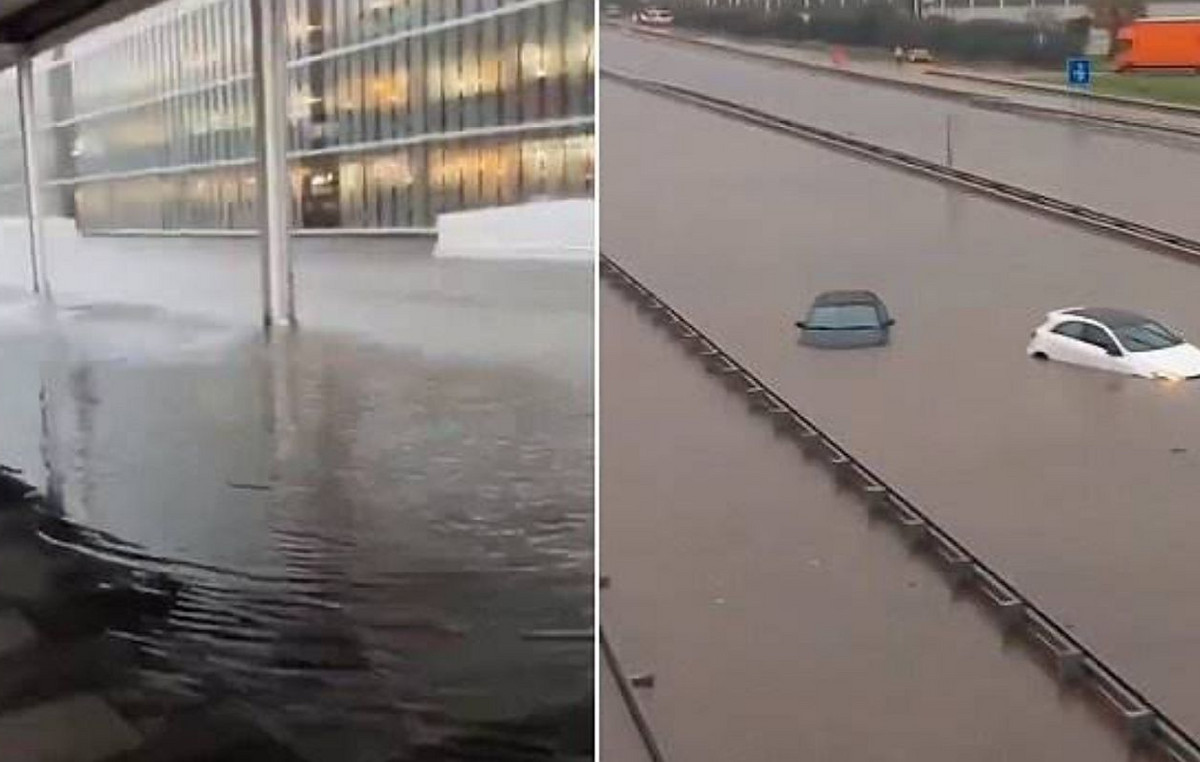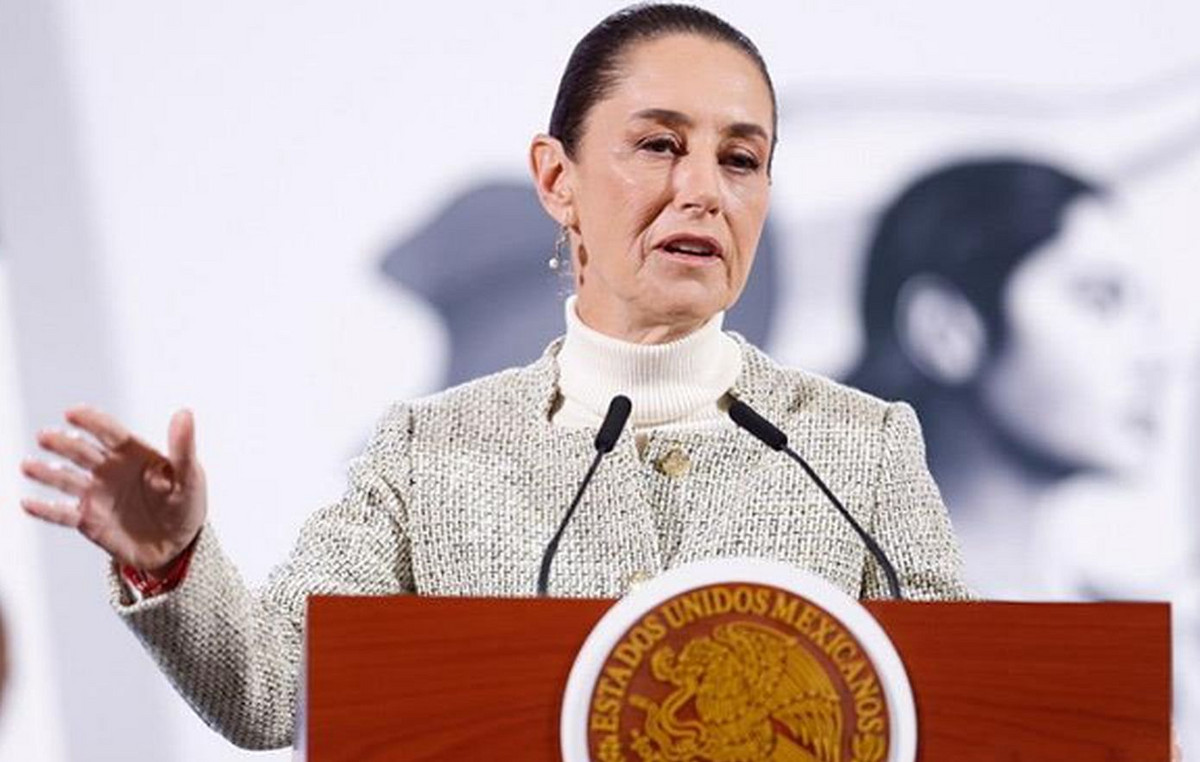The reservoirs located in the Southeast and Center-West of Brazil should have 58% of their hydro capacity by the end of February, according to the most recent survey carried out by the National Electric System Operator (ONS).
It will be the highest level recorded by the subsystem since March 2016, if the projection comes true. At the time, the level of the plants was 58.27%.
Data compiled by CNN show that the volume of reservoirs in the Southeast/Midwest has been growing for at least five consecutive months.
The subsystem reached its worst moment in September 2021, when it registered 16% of total hydro capacity. In the period, Brazil registered the worst water crisis in the last 90 years, according to the ONS.
The greater volume of water is mainly related to the beginning of the rainy season in the country. The most recent bulletin projects rains 5% above the historical average until the end of February.
In absolute values, the region should register an approximate rainfall of 74,113 Megawatts.
The forecast for the next operating week is for an increase in the inflows of the northern subsystem and a recession of rain in the southeast, south and northeast subsystems.
“The monthly forecast for February indicates the occurrence of inflows above the historical average for the Southeast/Midwest subsystems. Compared to the estimated values for the current week, a rise in inflows in the region is expected for the next operative week”, highlights the ONS bulletin, released this Friday (18).
The Southeast/Midwest subsystem is responsible for about 70% of Brazil’s energy generation, as indicated by data from the national operator. However, the country needed to mobilize other energy sources throughout 2021 to face the water crisis.
According to an ONS survey, the month of August, for example, was the period in which there was the greatest amount of energy generated by thermoelectric plants since the beginning of the historical series, started in 1999 by the Operator.
The large volume of rains should also influence the energy demand of the Southeast/Midwest in the coming weeks, since the mild temperature reduces the use of electronic devices, such as air conditioning.
By the end of February 2022, the electrical load on the subsystem is expected to drop by 1% compared to the same month last year.
Source: CNN Brasil
I am Sophia william, author of World Stock Market. I have a degree in journalism from the University of Missouri and I have worked as a reporter for several news websites. I have a passion for writing and informing people about the latest news and events happening in the world. I strive to be accurate and unbiased in my reporting, and I hope to provide readers with valuable information that they can use to make informed decisions.







